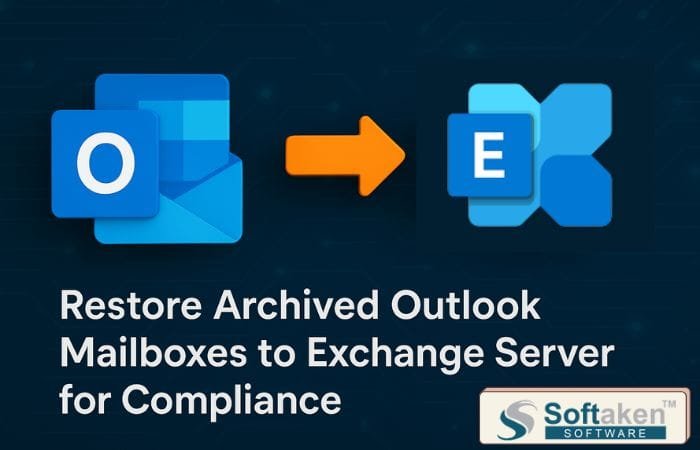Introduction: The Importance of Testing in SaaS Applications
In today’s fast-paced and competitive digital landscape, Software as a Service (SaaS) applications have emerged as a popular choice for businesses and individuals alike. These cloud-based applications offer numerous advantages, such as ease of use, lower upfront costs, and seamless updates. However, as SaaS solutions continue to gain traction, ensuring their reliability, functionality, and security becomes increasingly crucial.
Testing plays a vital role in guaranteeing that SaaS applications meet user expectations and adhere to industry standards. Given the unique nature of SaaS applications, they present distinct challenges when it comes to testing. From scalability and performance to data security, these challenges demand innovative and robust testing strategies.
This blog post will explore the various challenges associated with SaaS testing and provide a comprehensive guide to best practices that can help developers and quality assurance teams navigate these challenges effectively. By understanding and implementing these best practices, you can ensure the successful deployment and maintenance of your SaaS system, ultimately delivering an exceptional experience for your users.
Challenges: The Unique Obstacles in Testing SaaS Applications
Scalability and Performance
SaaS applications need to cater to a diverse user base, often experiencing varying levels of usage and user demands. As a result, they must be built with scalability and performance in mind. Testing these aspects can be challenging, as it requires simulating different scenarios, such as high traffic, multiple concurrent users, and peak usage times, to ensure the application remains stable and performs optimally under varying conditions.
Multi-Tenancy and Data Security
One of the defining features of SaaS applications is their multi-tenant architecture, which allows multiple customers to share a single instance of the application, while still maintaining data privacy and isolation. This introduces additional complexities in the testing process, as testers must ensure that individual tenants’ data remains secure and inaccessible to others, without compromising the application’s overall functionality.
Continuous Integration and Deployment
The rapid pace of SaaS development demands a continuous integration and deployment (CI/CD) pipeline that ensures seamless updates and feature rollouts. This agile approach poses challenges for testing teams, who must keep up with the constant stream of changes and verify that new features and updates do not introduce bugs or negatively impact the application’s performance.
Cross-Platform and Browser Compatibility
SaaS applications are designed to be accessible from a wide range of devices and browsers. This necessitates thorough testing on various platforms and browsers to ensure a consistent user experience. The multitude of combinations of operating systems, devices, and browser versions can make this testing process time-consuming and complex.
Compliance and Regulation
Many SaaS applications operate in highly regulated industries, requiring them to adhere to strict security, privacy, and data protection standards. Testing teams must be well-versed in these regulations and ensure that the application complies with all relevant requirements, often adding another layer of complexity to the testing process.
Best Practices: Strategies for Effective SaaS Application Testing
Adopting a Test-Driven Development Approach
Test-driven development (TDD) emphasizes writing tests before writing the actual code. By adopting this approach, you can ensure that your application’s code is built with testing in mind, making it more robust and less prone to errors. TDD also encourages developers to think through the requirements and potential issues early on, reducing the likelihood of encountering problems later in the development process.
Implementing Continuous Testing
Continuous testing is an essential practice for SaaS applications, as it aligns with the agile nature of their development. By incorporating testing into every stage of the development process, you can quickly identify and address issues, ensuring that new features and updates do not introduce unforeseen problems. Continuous testing also allows you to monitor the application’s performance and stability constantly, making it easier to maintain high-quality standards.
Leveraging Automated Testing Tools
Automated testing tools can significantly improve the efficiency and accuracy of your testing process. By automating repetitive tasks and test cases, you can save time and resources, allowing your testing team to focus on more complex and critical aspects of the application. Moreover, automated tests can be easily updated to accommodate changes in the application, making them an invaluable asset for SaaS applications that are continuously evolving.
Conducting Regular Performance and Load Testing
To ensure the scalability and performance of your SaaS application, it is crucial to conduct regular performance and load testing. This involves simulating different usage scenarios, such as high traffic and multiple concurrent users, to evaluate how your application handles increased demand. By identifying bottlenecks and potential issues early on, you can make the necessary optimizations to guarantee a smooth and reliable user experience.
Ensuring Cross-Platform and Browser Compatibility
Thorough cross-platform and browser compatibility testing is essential for delivering a consistent user experience across various devices and browsers. By testing your application on different operating systems, devices, and browser versions, you can identify and address compatibility issues, ensuring that all users can access and enjoy the full functionality of your SaaS application.
Prioritizing Data Security and Privacy
Given the multi-tenant nature of SaaS applications, data security, and privacy must be a top priority in the testing process. Testers should employ techniques such as penetration testing, vulnerability scanning, and data encryption testing to identify potential security risks and ensure that the application complies with all relevant data protection regulations.
Keeping Up with Compliance and Regulations
For SaaS applications operating in regulated industries, it is crucial to stay updated on the latest compliance requirements and regulations. Testing teams should work closely with legal and compliance experts to ensure that the application meets all necessary standards, reducing the risk of legal issues and potential fines.
Conclusion: The Importance of Adhering to Best Practices in Testing SaaS Applications
As SaaS applications continue to shape the digital landscape, delivering reliable, secure, and high-performing solutions is more important than ever. By understanding the unique challenges associated with testing SaaS applications and implementing the best practices outlined in this blog post, companies offering software testing services can effectively navigate these challenges and ensure the successful deployment and maintenance of their applications.
Adopting a test-driven development approach, implementing continuous testing, leveraging automated testing tools, and conducting regular performance and load testing can significantly improve the quality and resilience of your SaaS application. Additionally, prioritizing data security, privacy, and compliance will not only protect your users’ data but also help to build trust and confidence in your solution.
Ultimately, by adhering to these best practices in testing SaaS applications, you can deliver an exceptional user experience that sets your application apart from the competition and drives long-term success in an increasingly competitive market.






Excellent Blog Written, Thanks for sharing
https://tecktalk.us